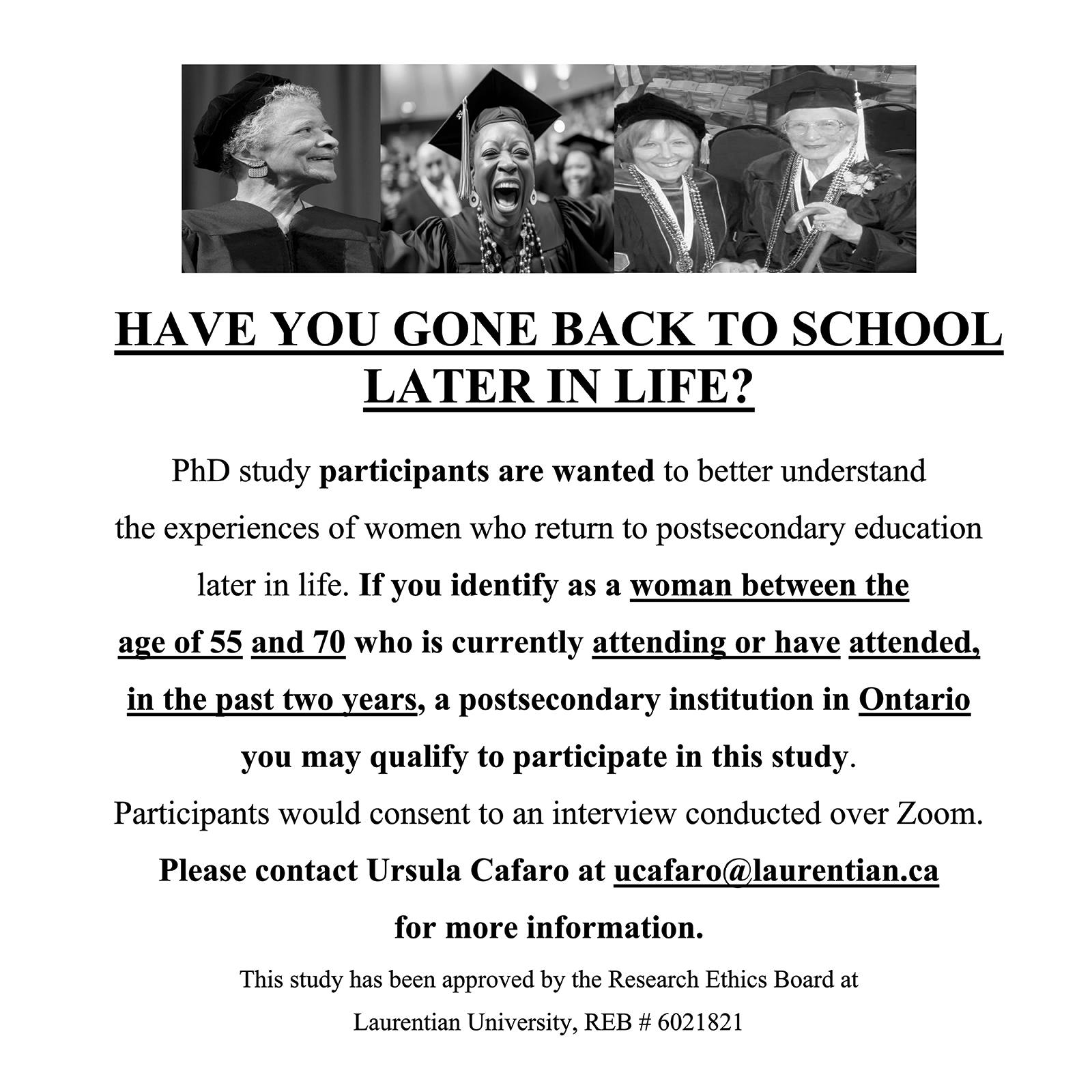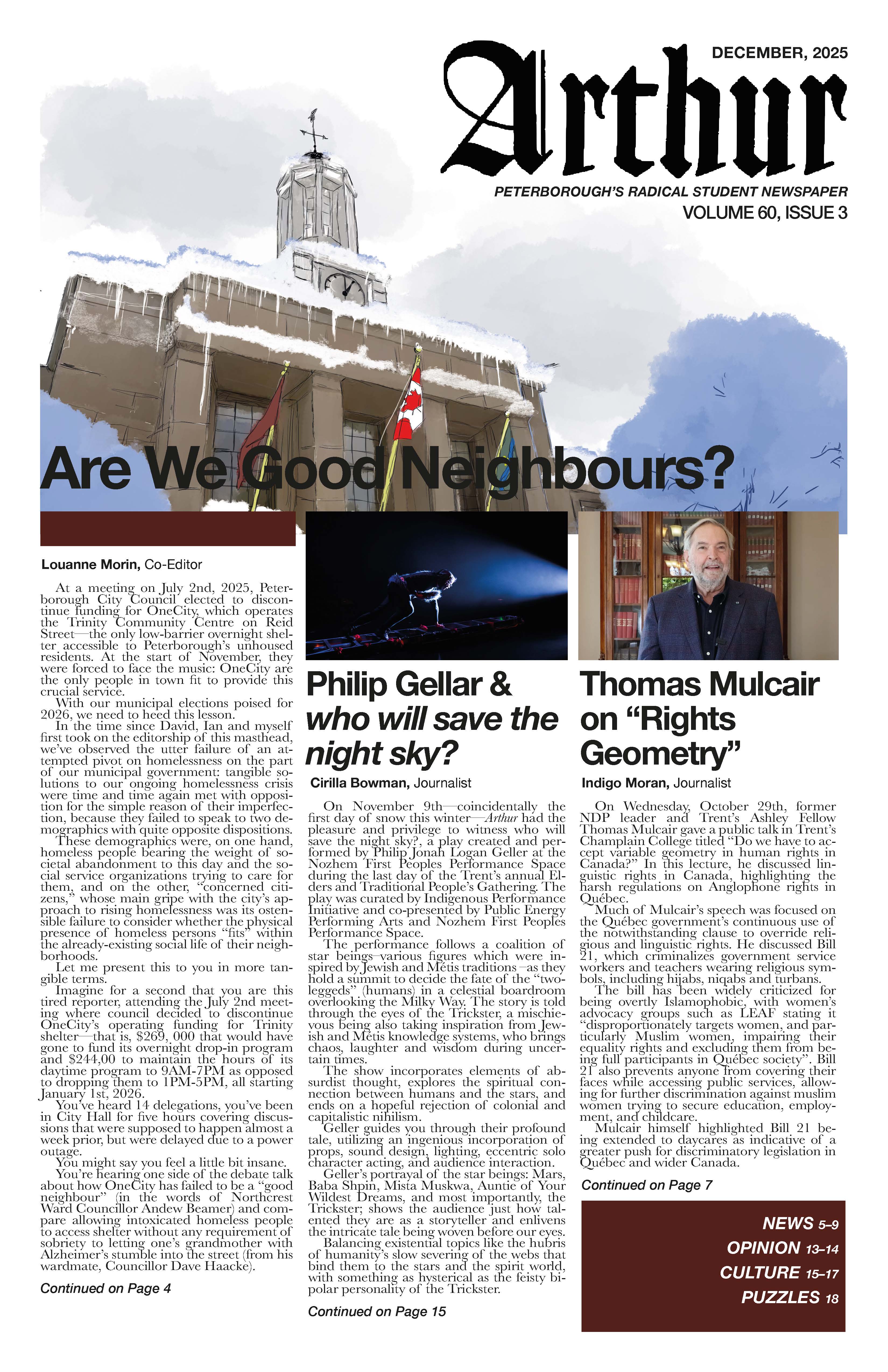Here are the opening and closing verses from the Marine Corp hymn:
From the Halls of Montezuma
To the shores of Tripoli;
we fight our country's battles
in the air, on land, and sea.
If the Army and the Navy
ever look on Heaven's scenes;
they will find the streets are guarded
By United States Marines.
The sense of pride in this elite U.S. regiment is evident. However, an examination of U.S. military history—particularly during the 20th century—puts a question mark around what is essentially bravado.
Following the Spanish-American War, the United States remained neutral during WWI, content to sell arms to both sides until the possibility of losing money prompted a “patriotic” impulse to join the Anglo-French side. The Americans were only provoked into the Second World War by the bombing of Pearl Harbor, otherwise they had planned to sit out this global fight against aggressive fascism.
In this instance two more classical empires, the British and the French, were ripe for the picking.
The phrase “America First” was the name of a late 1930s peace lobby group which sought to keep the U.S. neutral. The aviator Charles Lindbergh became a spokesperson for the movement, which in 1939 had 800,000 members in 450 chapters across the country. Lindbergh was the U.S. counterpart of British PM Neville Chamberlain and supported his appeasement policy for “Herr Hitler.”
Currently, the American right has revived the phrase which transposed to the modern era would suggest a similar appeasement. Currently, U.S. Republicans and faux Communists in both China and Russia seem like strange bedfellows, unless you remember “Oceania, Eurasia and Eastasia” in Eric A. Blair’s (writing as George Orwell) prophetic novel 1984, written in 1948.
The Cold War period (1947-1991) provided evidence that the “military-industrial complex,”—as President Eisenhower warned in his final 1961 speech—
had already co-opted the country’s political and economic agenda.
The Korean Conflict (1950-53) was a sanctioned “U.N. police action,” which even Canada participated in as well as the U.K. and other members of the British Commonwealth. The war was fought to a stand-still truce, which still exists today.
as a flash point in global tensions.
On May 7th, 1954, the French colonial army was defeated at Dien Bien Phu by North Vietnamese forces and the French relinquished control of the country south of the demilitarized zone (DMZ) to the Americans.
The American Vietnam War started the next day–but very quietly. Most people have forgotten that other countries sent their troops, including Australia, New Zealand, and South Korea, on the assumption that the “domino theory” of the U.S. State Department had some validity. (Errol Morris’ Fog of War documentary and Ken Burns’ amazing Vietnam War series both examine the real motivation on the part of the United States).
It is staggering to think that this conflict, which killed over one million soldiers on both sides and wounded two million, was a war that U. S. politicians/generals knew was completely unwinnable during the 20 years it took to unfold. But it was good for business.
On April 30th, 1975, Saigon fell, the Americans declared “victory,” climbed into their helicopters, and went home. The “allies” had departed, but nobody could explain why they were sent there in the first place. This pattern would be repeated globally over the subsequent 40 years, as the next ‘evil empire’ appeared on the horizon: Afghanistan, Iran, Iraq, the Middle East, and Eastern Europe.
Wherever U. S. oil and geo-political interests were at risk, the “coalition of the willing,” as phrased by President George W. Bush, was sure to follow.
However, despite this appearance of solidarity, the United States primary impulse is to act unilaterally. My showcase of “Great Moments in U.S. military history,” includes the 1983 Invasion of the island of Grenada in which 7,000 elite U.S. troops attacked Cuban construction workers building an international airport, armed with shovels and Caterpillar tractors. The U.S. Air Force bombed and strafed a mental hospital (18 civilians killed), and then President Ronald Reagan handed out 8,612 medals, more than the number of invading soldiers.
The next instance is even more bizarre if that’s possible. On December 20th, 1989, the United States invaded Panama, ostensibly to arrest General Manuel Noriega on charges of being a drug lord. During this 6-week action the U.S. forces accidentally shot many Panama Defense Force troops, which were guarding the Panama Canal. The excellent documentary film The Panama Deception (1992 Academy Award winner for documentary feature) reveals that the Bush administration was attempting to cancel the 1977 agreement negotiated by the Carter administration to hand over the Canal to Panama. There was a “back out clause” in the treaty, which could be acted upon if the Panama Defense Force were not of sufficient muster to defend the canal. Bush was unsuccessful, if this was his strategy, because President Bill Clinton quietly handed over the Panama Canal to the country in 1999.
We will see how quickly the Trump White House can mobilize a similar ruse for attacking Panama and putting the Canal under US administration. Earlier this month, as reported by CNN, the President offered his rationale for attacking a sovereign country and seizing the canal from Panama:
“China is running the Panama Canal that was not given to China, which was given to Panama foolishly, but they violated the agreement, and we’re going to take it back, or something very powerful is going to happen,” Trump told reporters.
It is an uncomfortable thought that U.S. foreign policy, in the modern era, was driven by the American defense industries’ recklessness and appetite for designing new offensive weapons systems. Oh, what a lovely war, indeed.


.png)


.jpg)


.jpeg)



.jpg)

.jpg)




%20(15).png)
.png)



.png)